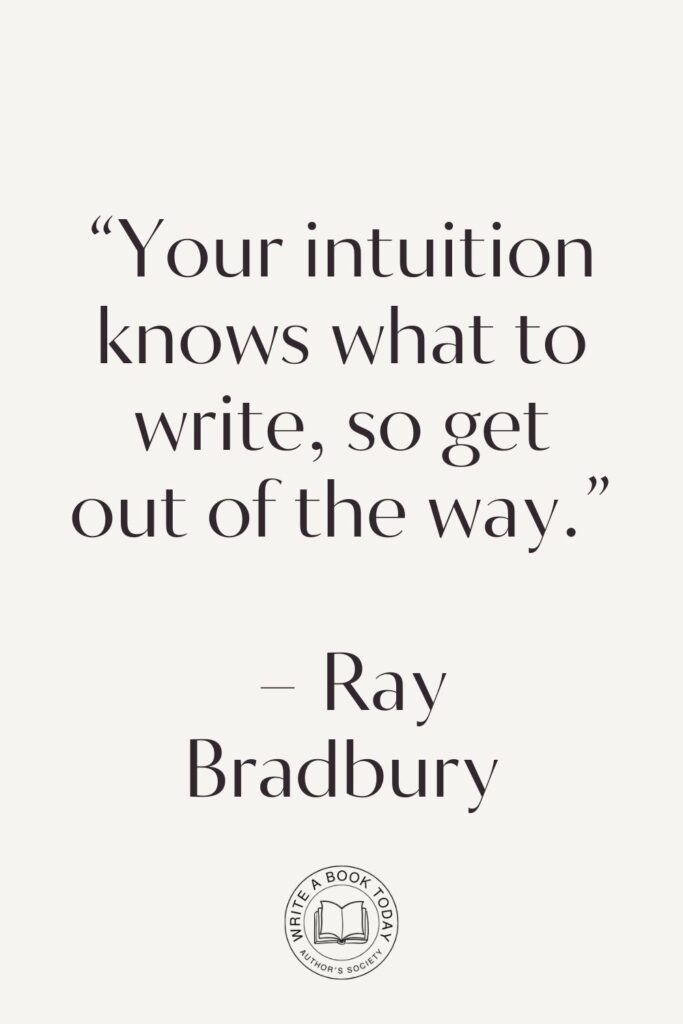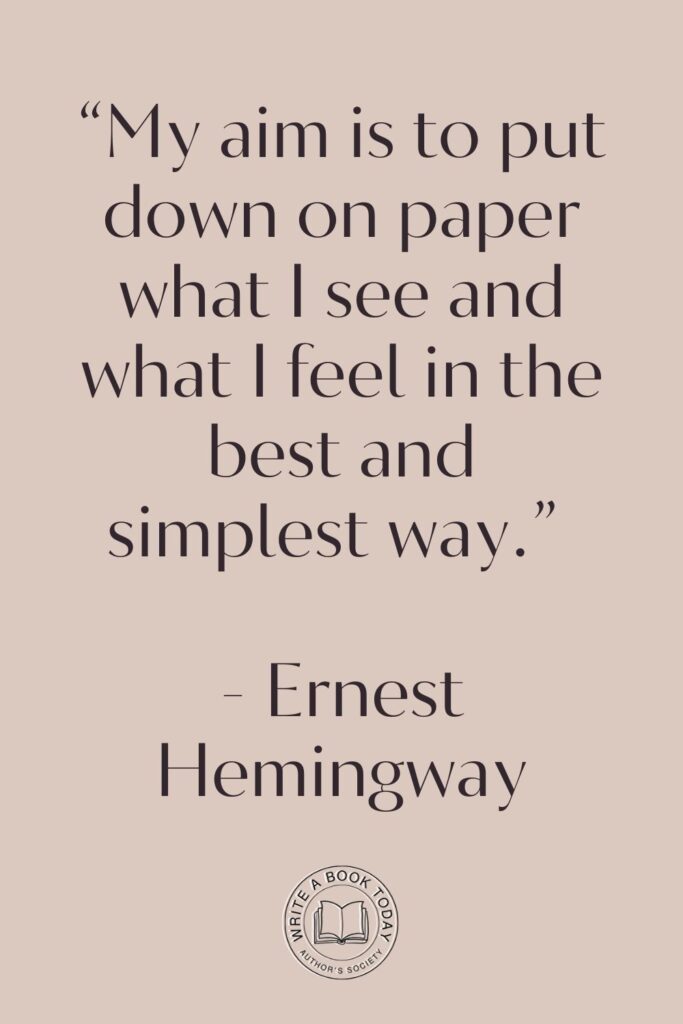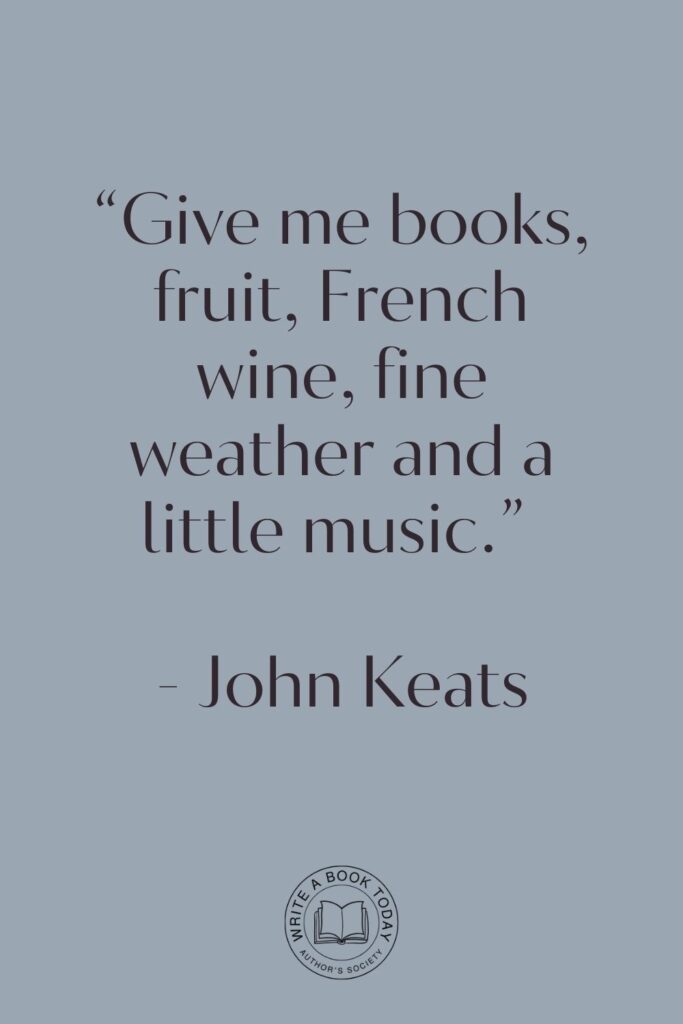Have you ever wondered why some stories captivate our hearts and minds, leaving a lasting impression long after the final page is turned or the credits roll?
The secret often lies in an ancient storytelling framework known as the Hero’s Journey. This narrative structure has been used for centuries, weaving its way through myths, literature, and films, connecting with audiences on a profound level.
In this blog post, we will explore how the Hero’s Journey can elevate your storytelling, making your narratives not only compelling but also universally relatable.
Understanding the Hero’s Journey
The Hero’s Journey is more than just a plot device; it’s a timeless blueprint that mirrors the human experience.
By understanding its origins and key stages, writers can harness its power to create stories that resonate deeply with readers and viewers alike. Whether you’re crafting an epic fantasy or a contemporary drama, the Hero’s Journey provides a roadmap to guide your narrative.
The Origins of the Hero’s Journey
Delving into the roots of the Hero’s Journey, we find ourselves in the realm of mythology and psychology. The concept was popularized by Joseph Campbell, an American mythologist, who identified common patterns in global myths and legends.
His seminal work, “The Hero with a Thousand Faces,” outlines how these patterns form a universal story arc that reflects our collective unconscious. Campbell’s insights reveal that the Hero’s Journey is not confined to a single culture or era but is a fundamental aspect of human storytelling.
At its core, the Hero’s Journey embodies the transformative journey of the protagonist, a metaphor for personal growth and self-discovery. It taps into the archetypal themes of adventure, challenge, and triumph, resonating with audiences across time and space.
From ancient epics like “The Odyssey” to modern blockbusters like “Star Wars,” the Hero’s Journey continues to inspire storytellers and captivate audiences.
Google Docs is for notes. Scrivener is for novels. Upgrade your writing game and try it for free today!

Key Stages of the Hero’s Journey
The Hero’s Journey is typically divided into several stages, each representing a crucial phase in the protagonist’s transformation. These stages include the Call to Adventure, where the hero is invited to leave their ordinary world; the Crossing of the Threshold, marking the hero’s commitment to the journey; and the Return with the Elixir, symbolizing the hero’s newfound wisdom or power. Understanding these stages allows writers to craft narratives that are both engaging and meaningful.
Here’s a simplified breakdown of the Hero’s Journey stages:
- Ordinary World
- Call to Adventure
- Refusal of the Call
- Meeting the Mentor
- Crossing the Threshold
- Tests, Allies, and Enemies
- Approach to the Inmost Cave
- Ordeal
- Reward
- The Road Back
- Resurrection
- Return with the Elixir
To effectively use the Hero’s Journey, familiarize yourself with each stage and its significance. Analyze how these stages are depicted in your favorite stories to gain insights.
Remember, the journey is flexible; adapt it to suit your narrative needs. Don’t be afraid to experiment with the order or emphasis of stages to create unique storytelling experiences.

Why the Hero’s Journey Matters in Storytelling
The Hero’s Journey isn’t just a storytelling framework; it’s a tool for creating narratives that resonate emotionally and explore universal themes. By tapping into the shared experiences and emotions that unite us, this narrative structure can transform a simple story into a profound journey that speaks to the human condition.
Emotional Resonance and Universal Themes
At the heart of the Hero’s Journey lies its ability to evoke powerful emotions and explore themes that are universally understood. This narrative structure mirrors our own struggles and triumphs, allowing audiences to see themselves in the hero’s journey.
Whether it’s the fear of the unknown, the courage to face challenges, or the joy of self-discovery, these themes resonate deeply with readers and viewers. By embedding these universal themes within your story, you create a connection that transcends cultural and temporal boundaries.
The Hero’s Journey taps into the archetypal experiences shared by all humans, making your narrative both relatable and impactful. This emotional resonance is what keeps audiences engaged and invested in the hero’s fate.
Creating Compelling Narratives with the Hero’s Journey
Crafting a compelling narrative requires more than just a good plot; it demands a structure that guides the reader through the hero’s transformation.
The Hero’s Journey provides a framework that ensures your story has depth, pacing, and a satisfying arc. By following this structure, you can create narratives that are not only entertaining but also meaningful.
When crafting your story, consider how each stage of the Hero’s Journey can enhance character development. Use the journey to highlight the hero’s growth and changes. Reflect on how the hero’s experiences can mirror your audience’s own life challenges. This will create a more personal and engaging narrative.
| Stage | Purpose |
|---|---|
| Call to Adventure | Introduces the conflict and sets the hero on their path. |
| Ordeal | Presents the hero’s greatest challenge, testing their resolve. |
| Return with the Elixir | Symbolizes the hero’s transformation and new-found knowledge. |
Incorporating the Hero’s Journey into Your Writing
Integrating the Hero’s Journey into your storytelling doesn’t require strict adherence to every stage. Instead, think of it as a flexible guide that can be adapted to fit your unique narrative vision.
By understanding its principles, you can craft stories that are both structured and imaginative.

Practical Steps to Apply the Hero’s Journey
To incorporate the Hero’s Journey into your writing, start by identifying the core message or theme of your story. Consider how the hero’s journey can enhance this theme and provide a framework for character development. Next, outline the key stages and plot points that align with your narrative goals.
Begin with the hero’s ordinary world, establishing their normal life and setting the stage for their transformation. As the story progresses, guide your hero through the various stages, using each one to deepen the character’s journey and the overall narrative.
Remember, the Hero’s Journey is a tool, not a constraint—feel free to adapt it to suit your story’s unique needs.
Common Pitfalls to Avoid
While the Hero’s Journey is a powerful tool, it’s important to avoid common pitfalls that can undermine its effectiveness. One such pitfall is over-reliance on the structure, leading to predictable or formulaic stories. Instead, use the Hero’s Journey as a guide, allowing for creativity and originality within the framework.
Another pitfall is neglecting character development in favor of plot progression. Remember that the Hero’s Journey is ultimately about the hero’s transformation. Ensure that each stage contributes to the hero’s growth and deepens their emotional journey. Lastly, avoid forcing your story into the Hero’s Journey if it doesn’t naturally fit; flexibility is key to maintaining authenticity.
Avoid clichéd interpretations of the Hero’s Journey by focusing on fresh perspectives. Experiment with different genres and settings to breathe new life into the structure.
Challenge traditional roles and archetypes to create unique characters. This will help you maintain originality while still benefiting from the framework.
Feeling lost with your debut novel?
Fiverr Pro connects you with expert editors, designers, and marketers – everything you need to get your book ready for success!

Examples of the Hero’s Journey in Popular Culture
From the pages of classic literature to the silver screen, the Hero’s Journey has left its mark on countless stories. By examining these examples, writers can gain insights into how this narrative structure can be applied effectively in different contexts.
Literary Examples: Classic and Contemporary
Classic literature is replete with examples of the Hero’s Journey. In “The Hobbit” by J.R.R. Tolkien, Bilbo Baggins embarks on a journey that transforms him from a timid hobbit into a courageous hero.
Similarly, in “Harry Potter and the Sorcerer’s Stone,” J.K. Rowling takes readers through Harry’s initiation into the wizarding world, highlighting his growth and resilience.
Contemporary literature also embraces the Hero’s Journey, as seen in novels like “The Hunger Games” by Suzanne Collins. Here, Katniss Everdeen’s journey from a reluctant participant to a symbol of rebellion mirrors the classic stages of the Hero’s Journey, showcasing its enduring relevance in modern storytelling.

Film and Television: The Hero’s Journey on Screen
The Hero’s Journey is a staple of cinematic storytelling, providing a framework for some of the most iconic films in history. George Lucas famously utilized this structure in “Star Wars,” where Luke Skywalker’s journey from farm boy to Jedi knight captivated audiences worldwide. Similarly, Disney’s “The Lion King” follows Simba’s journey of self-discovery and redemption, resonating with viewers of all ages.
Television series also embrace the Hero’s Journey, with shows like “Stranger Things” weaving this narrative structure into their episodic arcs.
The protagonists’ journeys through supernatural challenges reflect the transformative nature of the Hero’s Journey, drawing viewers into their compelling narratives.
Engaging with Your Audience Through the Hero’s Journey
The Hero’s Journey is more than a storytelling technique; it’s a way to connect with your audience on a deeper level. By fostering community and encouraging reflection, writers can create narratives that resonate long after the story ends.
No marketing platform? No social following? No problem!
Publisher Rocket helps you market your debut novel like a pro.
It’s a gamechanger for debut authors – try it today!


Fostering Community Among Storytellers
Embracing the Hero’s Journey invites writers into a community of storytellers who share a passion for narrative techniques.
By discussing and exploring this framework, writers can learn from one another, exchanging ideas and insights that enrich their storytelling. This sense of community fosters collaboration and inspires creativity, encouraging writers to push the boundaries of their craft.
Through workshops, writing groups, and online forums, writers can engage with fellow storytellers, sharing their experiences and interpretations of the Hero’s Journey. This collaborative environment nurtures growth and innovation, allowing writers to refine their skills and explore new storytelling possibilities.
Encouraging Reflection and Discussion on Narrative Techniques
Using the Hero’s Journey as a lens for reflection encourages writers to examine their own storytelling techniques and consider how they can enhance their narratives. By analyzing how the Hero’s Journey has been applied in popular culture, writers can gain insights into its versatility and impact.
Host discussions or writing workshops focused on the Hero’s Journey to inspire creativity. Encourage participants to share their unique interpretations and applications of the framework.
Use examples from diverse media to illustrate the Hero’s Journey’s adaptability. This will spark engaging conversations and foster a deeper understanding of narrative techniques.
Ultimately, the Hero’s Journey offers more than just a path for your characters; it provides a means to engage with your audience, fostering a connection that transcends the page or screen.
By mastering this storytelling framework, you unlock the magic of storytelling, creating narratives that are both timeless and transformative.








